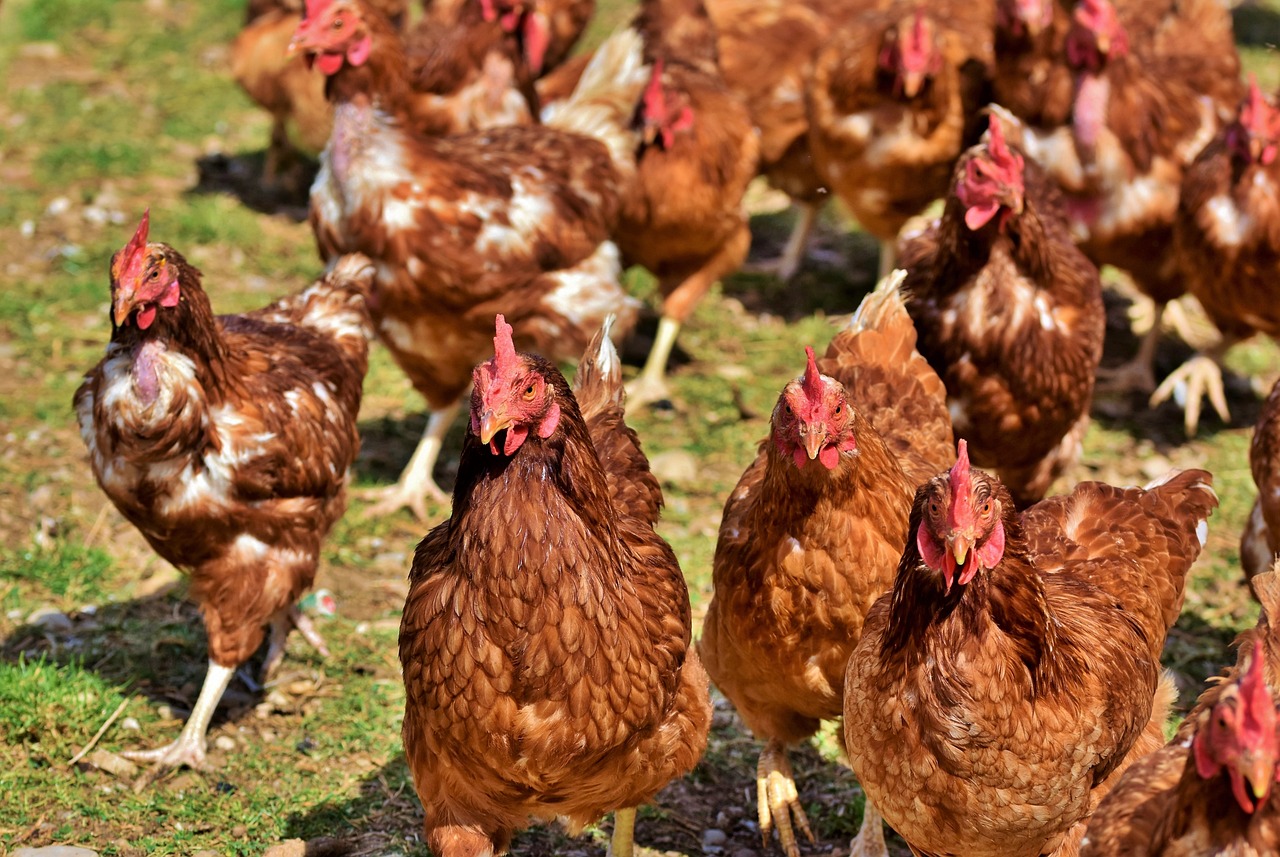Media release
From:
Virology: Examining 21st century outbreaks of bird flu
Major changes in the ecology and evolution of highly pathogenic avian H5 influenza viruses, including a shift in global distribution, are revealed in a study published in Nature. The findings suggest that the epicentre of these viruses has extended beyond Asia to new regions including parts of Africa and Europe.
Highly pathogenic avian H5N1 virus activity has intensified globally since 2021, infecting and killing increasing numbers of wild birds and poultry, as well as posing a risk to mammals (including humans). H5N1 emerged in China in 1996. The scale of H5 outbreaks in wild birds has escalated beyond Asia since 2014, but the origins of recent resurgences and the underlying evolution of these viruses has been unclear.
Vijaykrishna Dhanasekaran and colleagues examined the changing origins and trends of highly pathogenic avian H5 outbreaks using epidemiological data collected by the Food and Agricultural Organization and the World Organization for Animal Health between 2005 and 2022, alongside the analysis of more than 10,000 whole viral genomes.
Key resurgent events were identified in 2016/17, with genome analysis revealing that the viral lineages originated in Asia (specifically China). By contrast, two new H5 viruses identified between 2020 and 2022 that emerged from African and European bird populations indicate a notable shift in H5 epicentre away from Asia and into other continents. These strains were determined to have evolved through genetic reassortment with low pathogenic viral variants as they disseminated. The authors suggest that the increasing persistence of avian influenza in wild bird populations is driving the evolution and spread of new strains.
The authors suggest that these findings highlight the continued relevance of elimination strategies to limit viral spread and to control the prevalence of highly pathogenic avian influenza within global bird populations, as well as the importance of understanding viral evolution to mitigate and react to new strains.
Expert Reaction
These comments have been collated by the Science Media Centre to provide a variety of expert perspectives on this issue. Feel free to use these quotes in your stories. Views expressed are the personal opinions of the experts named. They do not represent the views of the SMC or any other organisation unless specifically stated.
Professor Michael Ward is Chair, Veterinary Public Health & Food Safety at The University of Sydney
Highly pathogenic avian influenza (HPAI) is a major cause of sickness and death within the world’s poultry industry – both industrialised and backyard production. Adding to this in the concern that HPAI could lead to the next pandemic. It does infect people and does kill people. But for the past few decades, such outcomes have been relatively rare.
The epidemiology of HPAI has been dynamic since the mid-1990s, with some major spread events and evolution of viruses. But in the past few years we have seen again HPAI change and what we expected to become the unexpected: ongoing outbreaks in Europe and North America, and HPAI cross-species infections.
The newly published research by Dhanasekaran and colleagues contributes to our knowledge of the rapidly changing epidemiology of HPAI. Importantly, by integrating analysis of HPAI viral genomes with surveillance data, it demonstrates when and where the important events have occurred. It also demonstrates the critical nature that wild birds play. Until recently, wild birds have been considered the “bridge” in HPAI outbreaks, but now the wild bird-domestic poultry ecosystem is beginning to be understood. Understanding where to focus our surveillance efforts to reduce the impact of HPAI on the world’s domestic poultry supply and preventing the next pandemic is vital.
Professor Raina MacIntyre is Head of the Biosecurity Program at the Kirby Institute at the University of NSW. She is an expert in influenza and emerging infectious diseases.
The paper by Xie et al uses phylogeographical analysis to confirm what has been observed epidemiologically – that we have seen major ecological changes in highly pathogenic avian influenza (HPAI) globally since 2016, and especially since 2021. Since HPAI began infecting domestic birds in 1996, we have seen a pattern of epidemic waves that subside between waves, and with mass culling of birds.
Now we see increasing and unprecedented spread of H5N1 clade 2.3.4.4b globally, from what used to be the historic epicentre of HPAI, Asia, to Europe, North America and Africa. Instead of epidemics that subside, there has been a sustained increase in H5N1, and a change in spread through mostly poultry trading to wild birds. Wild birds have increasingly explained the global spread, which is bad news because we have less control over wild birds, and surveillance is less in wild birds.
There is an unprecedented persistence of the virus in wild birds, and we see Europe as the likely origin of the current H5N1 epidemic, except in 2019 when Egypt was also implicated.
In the past, culling of birds was the preferred response to avian influenza epidemics, but this is no longer sustainable due to the sheer scale of global spread. Many countries have switched to vaccination of birds, which may drive further mutation of the virus. The increase in mammalian infections with clade 2.3.4.4b is especially concerning, as this may signal adaptation to mammalian transmission and pandemic potential. There has never been a time in the history of HPAI where the risk of a human pandemic is more concerning than it is now.



 Australia; International; NSW; VIC
Australia; International; NSW; VIC



